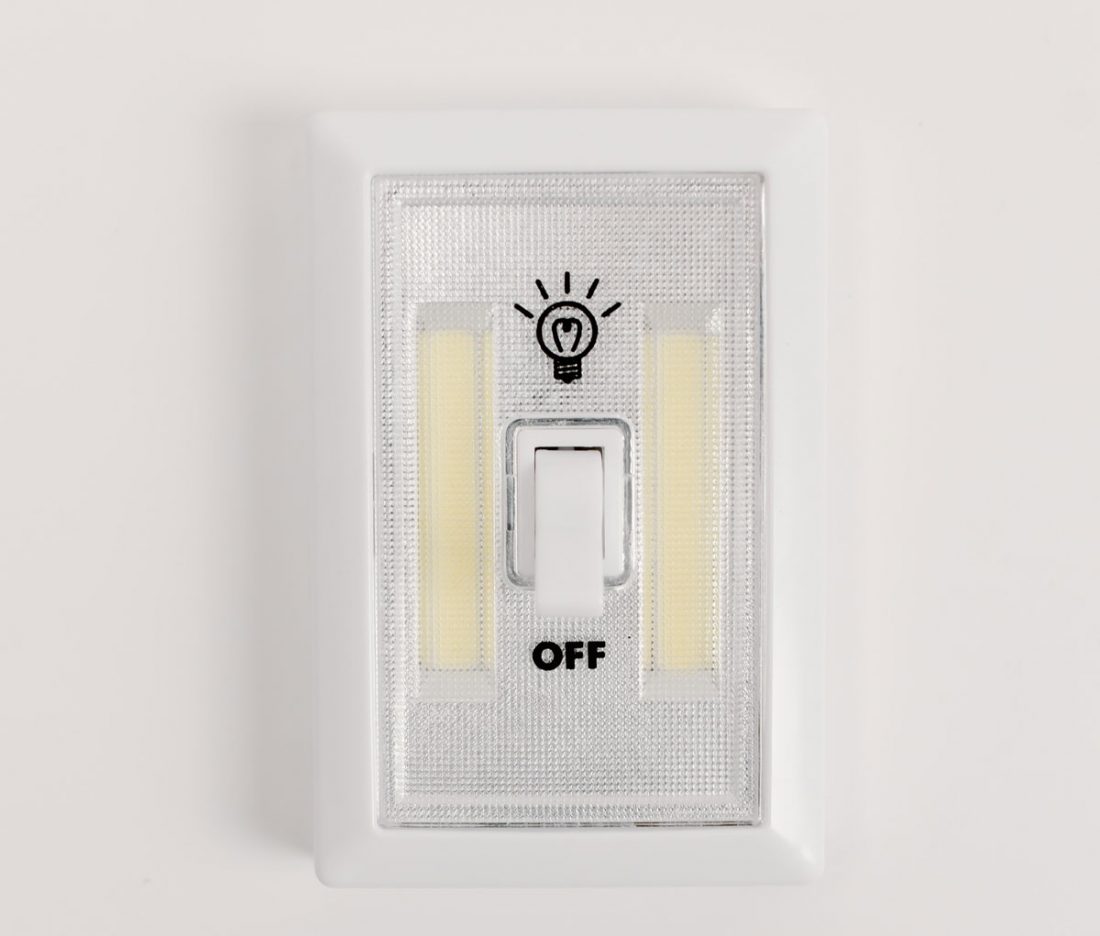If you were asked to introduce yourself with a quick sentence or two, what details would you include? You might find it difficult to sum up the entirety of who you are in a ten second time frame, but we’ve all been in enough social situations to have our go-to points prepared – our name, perhaps where we’re from, and of course, what we do for a living.
Many of us use professional labels as a way to easily identify and understand the people we interact with. Further still, we might use job titles as a lens through which we view ourselves, almost as a window into our personality, interests and skill set.
While our work constitutes a good portion of our lives and likely reflects a part of who we are, a problem occurs when the job becomes the whole of one’s identity and self worth. In fact, the struggle to separate who you are with what you do might be more common than we realise.
A perpetual state of burnout
Thong Shu Yi, one of the clinical psychologists at The Red Clinic, shares that a majority of people who come in for sessions deal with issues of separating work from their personal life, even if work is not the main presenting concern.
“It’s such a chronic thing that people don’t even realise that it’s necessarily a problem. They assume, ‘Well, I’ve been feeling like this for the longest time and I look at my friends, and everyone says it’s normal,’ Thong notes.
The problem may be common, but it shouldn’t be normal. An inability to separate the person from the job can negatively affect both mental and physical wellbeing, as people often become emotionally spent from putting work at the core of their life.
“When your identity is so entangled with your work and what you do, it makes it very hard to find space to be anything or anyone else,” says Thong. “When you are drained and tired, you don’t really have that space to connect with anyone in your life, and relationships are so important to us and to our well being.”

Left unchecked, this growing inability to maintain connections or find meaning in one’s relationships can compound issues of loneliness, depression, anxiety and a general feeling of being lost, according to Thong, who has often observed what she calls a ‘perpetual burnout state of mind’.
“More often I hear people talk about loneliness, even though they have people in their lives, they may feel alone, because maybe they feel like people don’t understand what they’re going through, or they have forgotten how to relate to the people in their lives.”
The many hats we wear
So how do we even begin to tackle an issue as broad as this, and with such far reaching consequences? For Thong, the first step is recognising the different hats we all wear. In a culture where we are ingrained with the notion that if you’re passionate about the work you do, you will never tire from working all day, it is easy to find your identity almost completely bound up in your profession.
“The thing is, we forget that our lives, they’re more than just what our passion is or what we love to do, because we love to do many things and we can be passionate about various things,” Thong explains.
While it’s not necessarily a bad thing to find meaning in your work, it is important to remember that we are not solely defined by what we do. Instead, we might consider the number of other equally significant roles we play, whether that’s as a partner, friend or parent.
For some, this realisation might be a source of additional stress, given that wearing multiple hats implies juggling a host of different obligations in addition to their already demanding work life. Thong suggests that a move away from the focus on ‘balancing’ different roles might be helpful in this process.

Taking the temperature
“I think the word ‘balance’ makes it very difficult for people to visualise,” Thong explains. Instead, she prefers the concept of a thermometer, with which people can have a regular gauge of where they are.
“Sometimes, work has to take priority, like if you have a deadline coming, or if you’re launching a new product, if there’s something urgent and requires more of your attention and more time, then work will have to take that first place in how you spend your time, but once you’re past that deadline, then perhaps that has to shift,” she explains.
The main idea is that our priorities shouldn’t always remain the same, but that we should learn to be flexible about which needs should take precedence at differing periods. Sometimes, family comes first and other times, work might be more pressing. There’s a certain wisdom needed to measure where and when these priorities should be organised. For Thong, that comes from first acknowledging our own limits as human beings.
“We often believe that you’re supposed to be able to do it all, you’re supposed to be this superhuman where work is always handled perfectly and then you’re still going to go home and be this happy person and spend time with your family, but that’s impossible.”
Once we understand that we cannot be productive all the time, the task of prioritising and setting boundaries becomes a matter of discipline and dedication.

Setting physical boundaries
With the pandemic turning temporary work-from-home situations into long term arrangements, many have found such boundary setting a difficult task. While some have the innate ability to switch their minds in and out of work mode while occupying the same home space all day, others struggle with this mental compartmentalisation.
Thong suggests that implementing a physical routine is key to training the mind and body to separate work life and home life. Regular tasks such as changing in and out of work clothes to mark the transition, making sure to have a lunch break, and putting devices on ‘do not disturb’ mode after work hours are just some ways to reinforce these lines of separation.
Learning to humanise
Our communities and workplaces can also make efforts to help workers separate work from their person. At the end of the day, a more empathetic way of viewing each other and ourselves will make it easier to overcome the issue, according to Thong.
“Many times we forget that these are just people that we’re talking about. People who have lives outside of work. They have cats, they have kids, they have parents, they have all sorts of things they have to take care of,” she explains.
For employers and coworkers, a little understanding and holistic way of seeing employees can go a long way.
“I think just being able to humanise them would probably help them shift their perspective and learn to be more compassionate and have more empathy about the small things, like if somebody isn’t able to join a meeting at a certain time, or asks to push it back 15 minutes later,” says Thong.
“I think when employers and employees learn to humanise each other and themselves, it becomes easier for people to set boundaries.”










